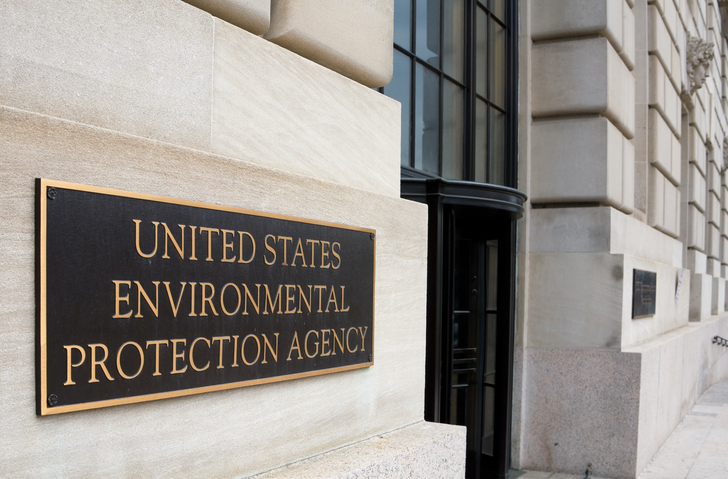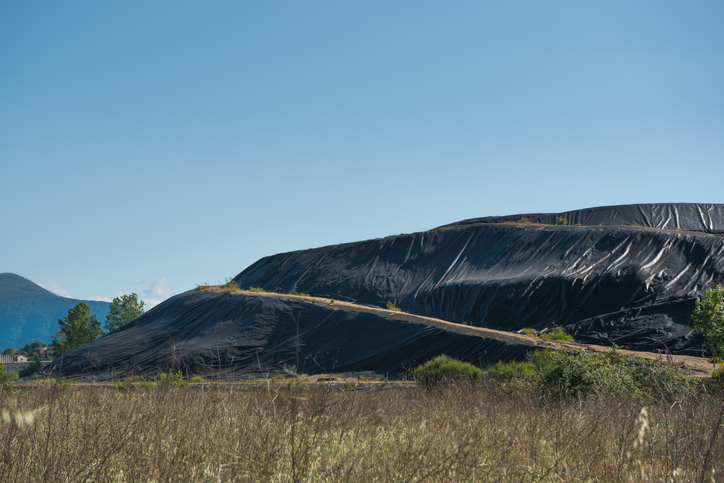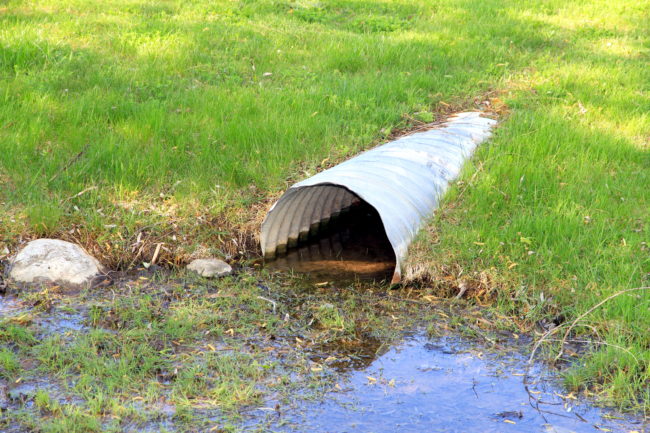The EPA recently updated its vintage standard guidance on CERCLA’s landowner defenses. This was the first update since 2003. The update was explained as an effort to provide clarity.
Historically, under CERCLA, the owner or operator of a contaminated property could be held strictly, jointly, severally and even retroactively liable for releases of hazardous substances. The three statutory liability defenses available under the 2002 Brownfields Amendments to CERCLA provide important liability limitations for landowners who qualify as:
1. Bona fide prospective purchasers (BFPPs)
2. Contiguous …
Continue Reading









